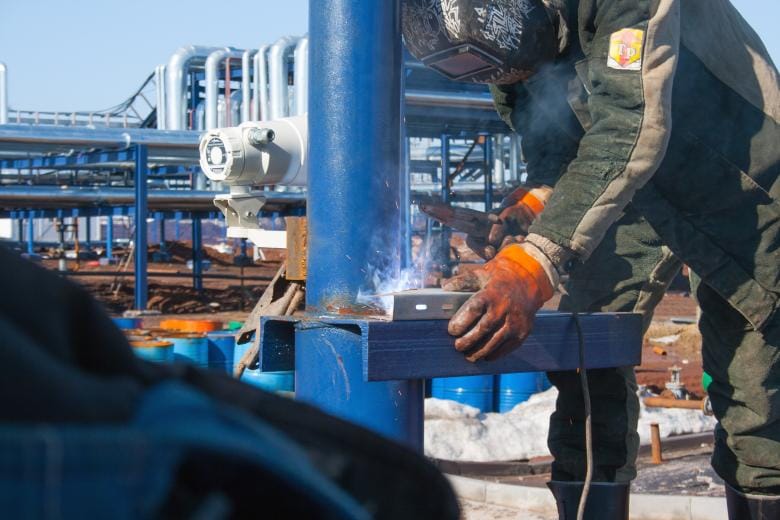
Electrical safety doesn’t stop when the weather turns cold or wet. Whether your team is working in a snowstorm, under pouring rain, or in open wind-exposed substations, their arc-rated base layers may not be enough.
Arc-rated outerwear—such as insulated jackets, protective coats, and flame-resistant rainwear—provides the final protective layer between the worker and environmental or arc-related hazards. It’s not just about staying dry or warm—it’s about surviving an arc event in extreme conditions.
When Arc Flash Outerwear Is Required (Outdoor or Cold-Weather Work)
Arc-rated outerwear is essential in any situation where electrical work is performed outdoors or in non-temperature-controlled environments. Standard FR shirts and pants are effective against arc flashes—but without a protective outer layer, they can lose effectiveness in extreme weather.
Common scenarios:
- Utility line crews responding to storm damage in winter
- Wind turbine or solar array technicians working at height
- Night shift electrical teams working in exposed switchyards
- Maintenance crews in cold storage facilities or mountain regions
Without proper outerwear:
- Wind can chill the inner arc layers, reducing thermal resistance
- Water or snow may soak garments, increasing electrical conductivity risk
- Bulky, non-FR layers may melt or ignite during a flash
Real case: A Canadian utility worker suffered serious burns when wearing a polyester ski jacket over his CAT 2 arc-rated gear. The outerwear melted, defeating the protection of the base layer.
✅ Bottom line: If it’s cold or wet and there’s arc risk—your crew needs arc-rated outerwear.
Understanding CAT Ratings for Jackets and Parkas
Just like shirts and coveralls, jackets, parkas, and outerwear must meet the arc flash hazard level of the job. This is measured by ATPV (Arc Thermal Performance Value), categorized into CAT 1 through CAT 4.
PPE Categories and Outerwear Examples:
| Category | Minimum ATPV | Suitable Outerwear Example |
|---|---|---|
| CAT 2 | 8 cal/cm² | Softshell arc-rated jackets, windbreakers |
| CAT 3 | 25 cal/cm² | Heavily insulated parkas, layered field coats |
| CAT 4 | 40 cal/cm² | Multi-layer systems, arc suits with outer shell |
Purchasing tips:
- Don’t guess the rating—match outerwear ATPV to your arc flash study results
- Use layered systems to reduce bulk while meeting CAT 3/4 requirements
- For winter, ensure ATPV is still valid in cold conditions (some insulation reduces effective energy absorption)
Flame-Resistant Rainwear: Waterproof and Arc-Safe?
Moisture adds another layer of danger in electrical work. Water conducts electricity, and wet garments can become thermal conductors in the event of an arc flash. That’s why standard waterproof clothing isn’t acceptable in high-risk zones.
Features of proper FR rainwear:
- Meets ASTM F1891 (Arc rating) or ASTM F2733 (Flash fire protection)
- Fabric is non-melting and self-extinguishing
- Seams are sealed and covered, often with FR-rated tape
- Offers breathability to prevent heat stress
Material comparison:
| Material | Waterproof? | Arc Safe? | Breathable? | Common Use |
|---|---|---|---|---|
| PVC-coated FR | ✅ | ✅ | ❌ | High moisture zones |
| FR Polyurethane | ✅ | ✅ | ✅ | Utilities, field work |
| Regular nylon | ✅ | ❌ | ✅ | ✘ Unsafe for arc risk |
✅ Avoid shortcuts: Workers sometimes use standard raincoats over arc-rated clothing. This creates a dangerous condition where the outer layer can ignite or melt onto the FR fabric underneath.
Layering Strategies for Cold or Windy Electrical Environments
Layering is the smart way to balance warmth, flexibility, and protection. But when it comes to arc flash, layering must be strategic—and every layer must be arc-rated and flame-resistant.
Safe Layering Setup Example:
- Base layer: Arc-rated thermal underwear or long-sleeved FR shirt
- Middle layer: Lightweight CAT 2 FR fleece or hoodie
- Outer layer: CAT 3+ arc-rated jacket, coat, or parka
Never layer regular cotton thermals or synthetics under arc-rated gear—they can melt or ignite.
Key considerations:
- Use ventilated outerwear with pit zips or mesh panels for airflow
- Adjustable hoods, cuffs, and hems help prevent wind or moisture entry
- Check combined ATPV values if mixing brands or layers
- Train workers to know when to remove outer layers to avoid overheating
✅ Some modern systems allow zip-in liners, so you can adapt one jacket for 3-season wear without replacing full PPE sets.
Common Materials: Modacrylic, Kevlar®, Nomex®, and Their Benefits
Choosing the right fabric blend makes a huge difference in mobility, durability, and protection. Most arc-rated outerwear uses inherently flame-resistant materials or treated performance fabrics.
Common Materials Used in Arc-Rated Outerwear:
| Material | Strengths | Use Case |
|---|---|---|
| Modacrylic Blends | Soft, lightweight, inherent FR | Base or outer layers |
| Nomex® | High heat resistance, doesn’t melt or drip | Extreme arc flash environments |
| Kevlar® | Very strong, high abrasion resistance | Reinforced panels, sleeves |
| FR Cotton | Comfortable, breathable, cost-effective | Insulation layers |
| FR Laminated Coatings | Waterproof and flame-resistant | Rainwear, utility field jackets |
✅ Combine durability + comfort: Look for hybrid fabrics that balance heat resistance with flexibility (e.g., Nomex outer shell with modacrylic lining).
Choosing Outerwear That Maintains Mobility and Comfort
Too often, heavy arc flash outerwear becomes a burden, causing fatigue, limited range of motion, or simply not being worn when needed most.
What to prioritize:
- Ergonomic cut: Articulated sleeves, gusseted shoulders, stretch panels
- Adjustable fit: Drawstring hems, Velcro cuffs, zip-off hoods
- Weight balance: Avoid over-insulated coats that cause heat stress
- Reflective safety: Choose hi-vis options with FR-rated tape for roadside and nighttime work
Real-world feedback shows that when outerwear is comfortable and easy to move in, PPE compliance increases dramatically.
Some brands also now offer modular systems—where one outer shell can be adapted with removable FR liners for multi-season usability.
✅ Don’t underestimate comfort—it directly impacts worker safety behavior.
Conclusion
Arc-rated outerwear isn’t just about staying warm—it’s about staying alive in dangerous, unpredictable environments. Whether your crew is working in icy wind, heavy rain, or long shifts outdoors, the right protective outer layer keeps them safe, dry, and focused on the job.
When sourcing arc-rated jackets, coats, or rainwear, ensure:
- Garments are certified for arc protection and weather resistance
- The ATPV rating matches your hazard level (CAT 2–4)
- Materials are non-melting and breathable
- Workers can move, layer, and perform comfortably
Need help building a cold-weather PPE program that meets real-world jobsite demands? I can help you choose the right arc flash outerwear system from our factory or partner network.
📩 Contact: [email protected]
🌐 Visit: www.workwearsolutions.net
Zion Zhang
Recent Posts
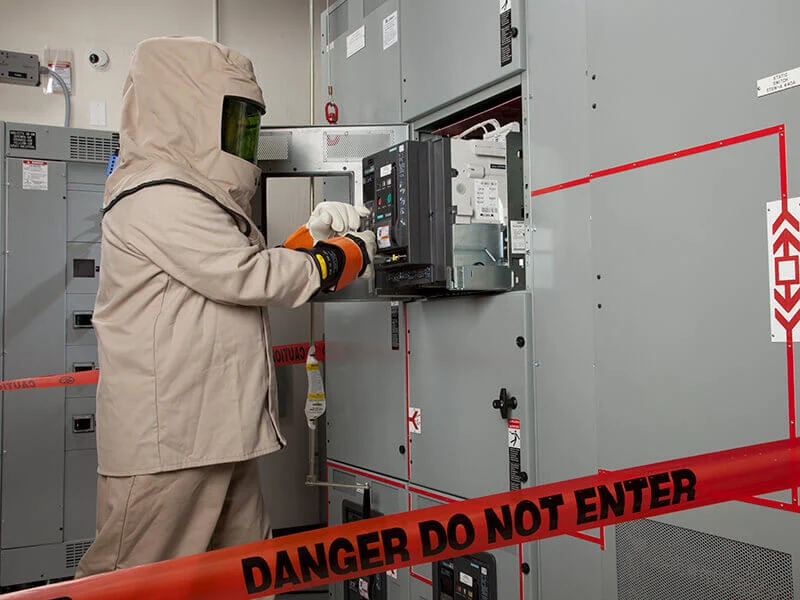 How to Conduct an Arc Flash Risk Assessment Before Selecting PPE2025年6月24日Buying arc flash PPE without a proper risk assessment is […]
How to Conduct an Arc Flash Risk Assessment Before Selecting PPE2025年6月24日Buying arc flash PPE without a proper risk assessment is […]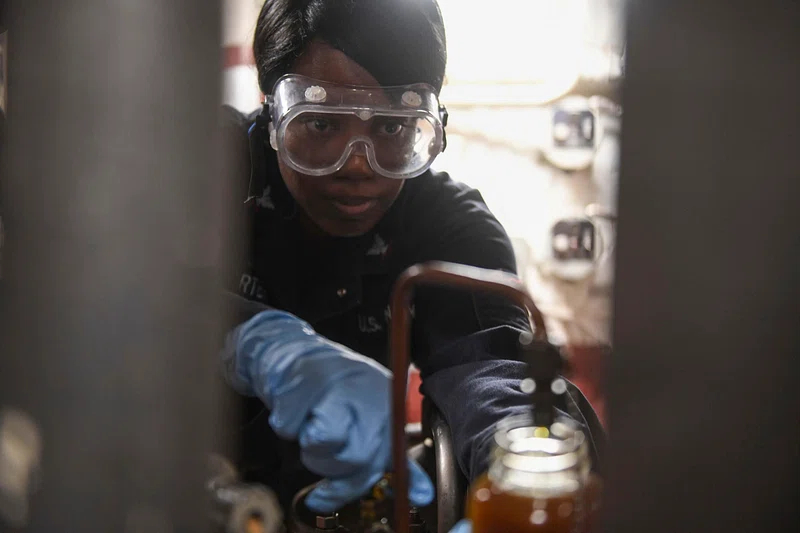 Arc Flash PPE Kits: Complete Protection in One Package2025年6月24日Building an arc flash PPE program from scratch can feel […]
Arc Flash PPE Kits: Complete Protection in One Package2025年6月24日Building an arc flash PPE program from scratch can feel […] Hearing Protection in Arc Flash Incidents: An Overlooked Necessity2025年6月24日Arc flash injuries are often associated with burns and […]
Hearing Protection in Arc Flash Incidents: An Overlooked Necessity2025年6月24日Arc flash injuries are often associated with burns and […]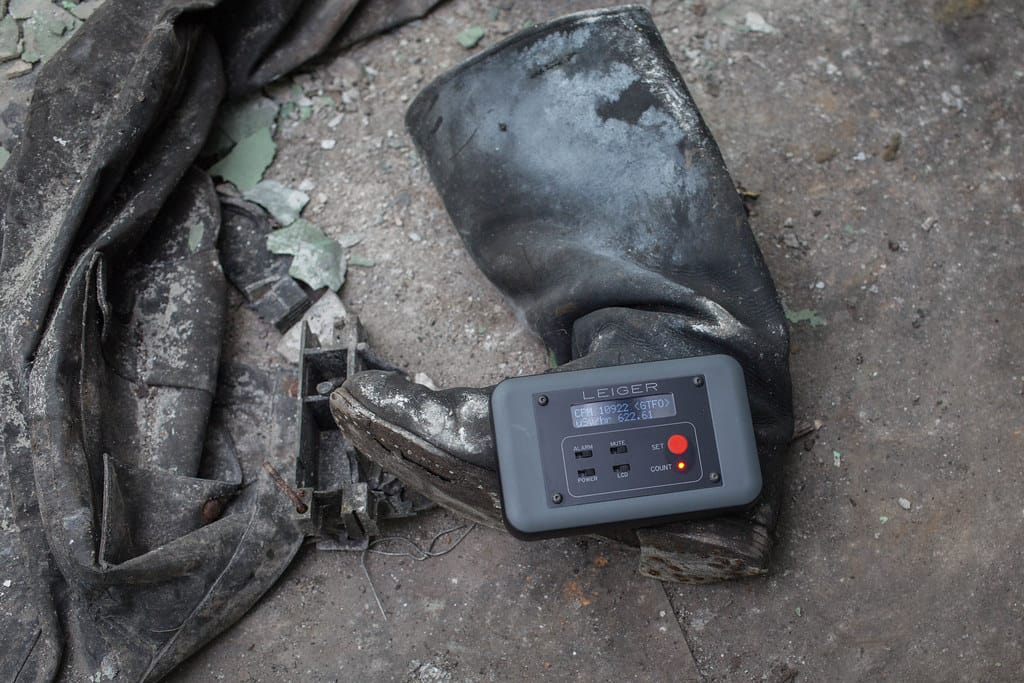 EH-Rated Safety Boots for Arc Flash Environments2025年6月24日In arc flash zones, every part of the body needs […]
EH-Rated Safety Boots for Arc Flash Environments2025年6月24日In arc flash zones, every part of the body needs […]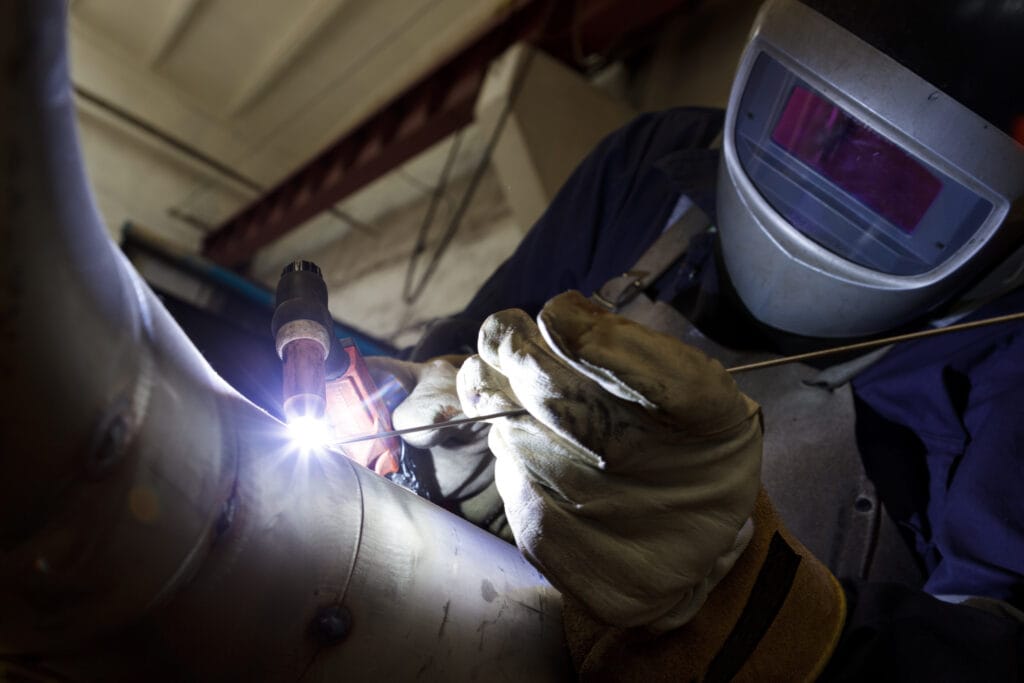 Voltage-Rated Gloves: Insulating Hands from Deadly Contact2025年6月24日Your hands are your most valuable tools—and in electrical […]
Voltage-Rated Gloves: Insulating Hands from Deadly Contact2025年6月24日Your hands are your most valuable tools—and in electrical […]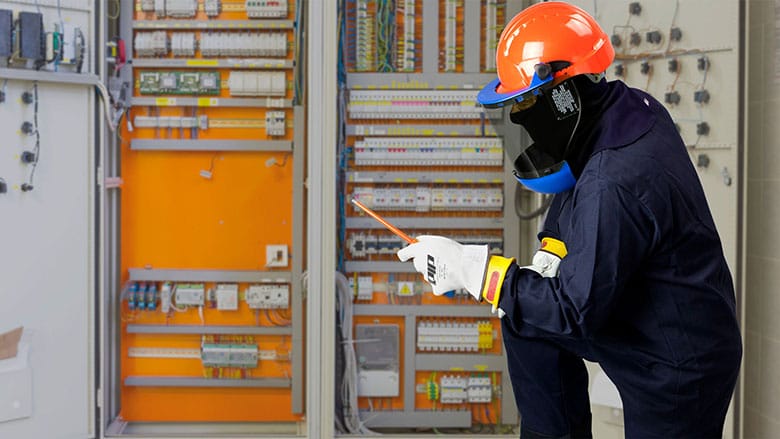 Arc Flash Hoods and Face Shields: Full Protection for the Head and Face2025年6月24日In arc flash environments, protecting the head and face […]
Arc Flash Hoods and Face Shields: Full Protection for the Head and Face2025年6月24日In arc flash environments, protecting the head and face […]
CONTACT US
- Feel free to contact us any time. We will get back to you as soon as we can!
- +86-17330061805
